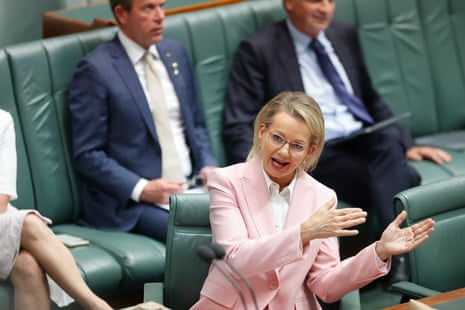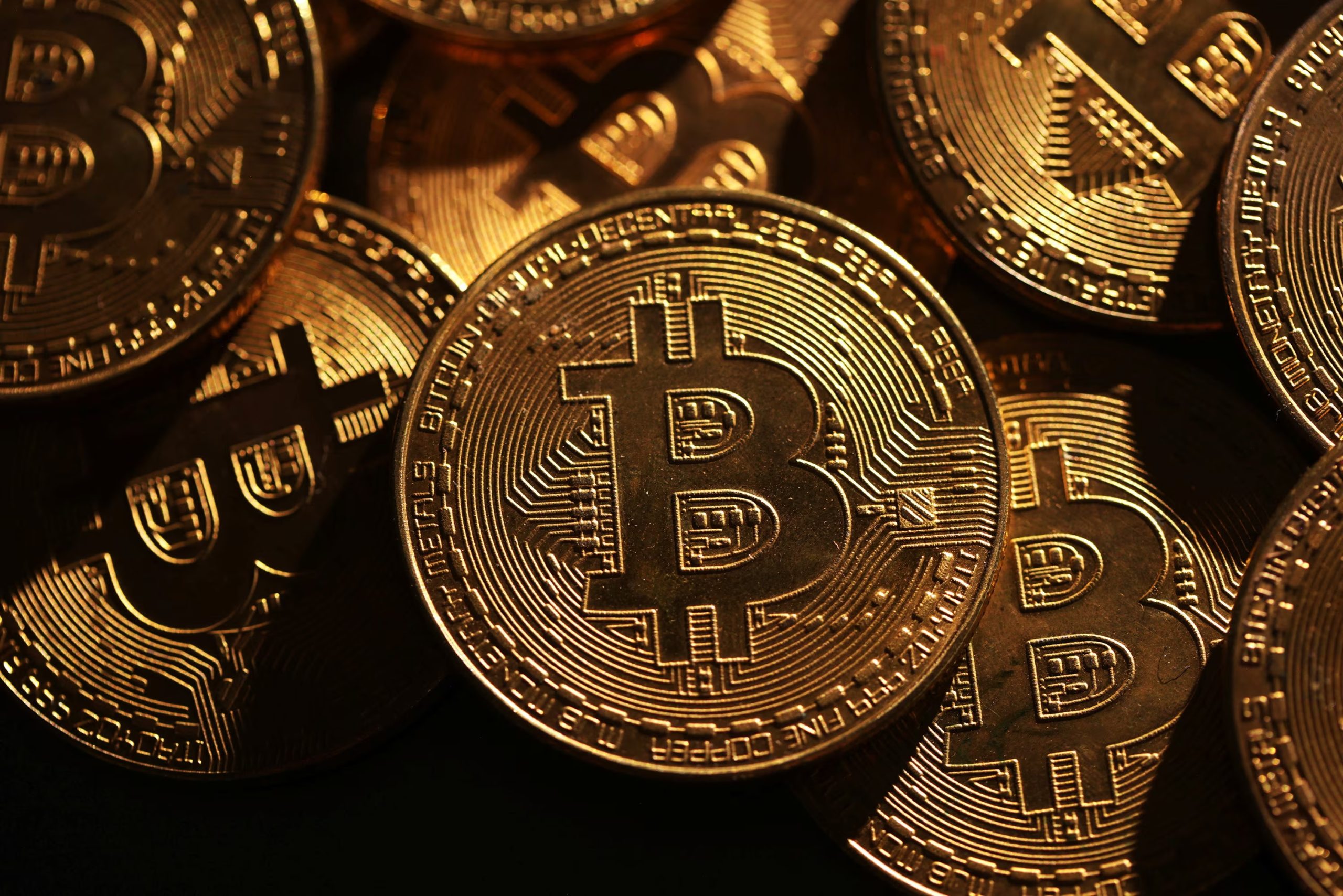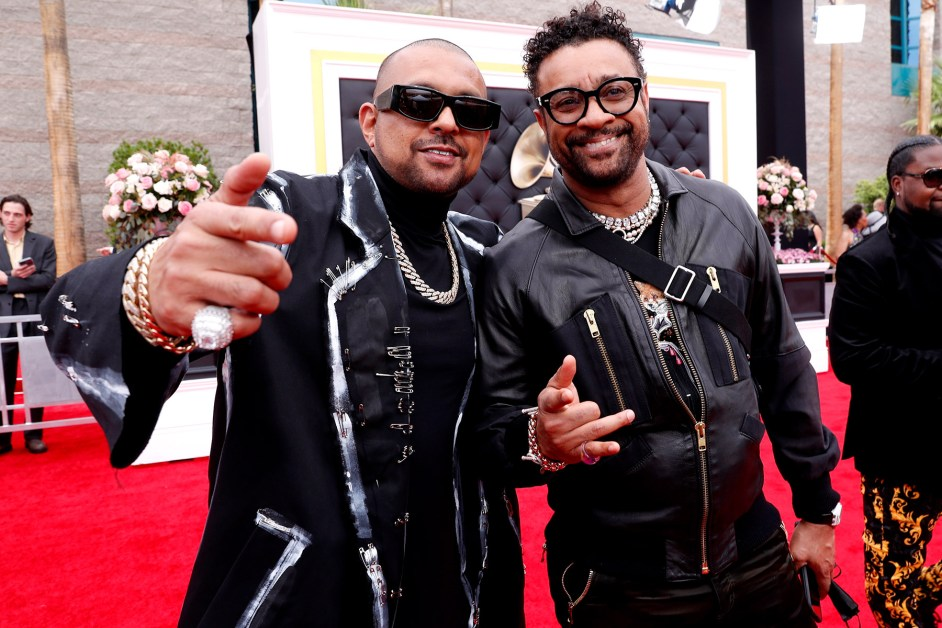Australia’s Liberal Party drops net-zero target, pivots to cheap energy

Opposition rewrites climate platform
Australia’s conservative Liberal Party has abandoned its pledge to reach net-zero greenhouse gas emissions by 2050, promising instead to prioritise cheaper power if it returns to government. After a lengthy internal meeting, party leader Sussan Ley confirmed that the opposition would no longer campaign on the mid-century target, long seen as a baseline commitment among advanced economies. The decision aligns the Liberals with their rural coalition partner, the Nationals, which had already walked away from net zero earlier this month. It also puts the opposition on a collision course with the centre-left Labor government, which has enshrined emissions-cutting targets in law and tied them to a broader industrial transition strategy.
Ley says the party will still support emissions reductions “as fast as technology allows”, but without binding itself to a fixed deadline that she argues risks driving up power prices and threatening jobs in heavy industry. Under the revised platform, the Liberals would move to prevent early closures of coal-fired power stations, lift Australia’s long-standing ban on nuclear energy and expand gas supply and infrastructure. They would also dismantle key parts of Labor’s climate policy architecture, including mechanisms that cap emissions from major facilities and incentives for large-scale renewables. Business groups and environmental advocates warn that repeated policy reversals are already deterring clean-energy investment and that another sharp swing would deepen uncertainty.

Energy prices, politics and global credibility
The shift comes at a sensitive moment for Australia’s climate diplomacy. The country is seeking to brand itself as a reliable supplier of critical minerals and low-carbon energy to Asian partners, even as it remains one of the world’s largest exporters of coal and liquefied natural gas. Walking back the net-zero pledge does not automatically breach the Paris Agreement, but it risks weakening Canberra’s credibility at U.N. climate talks and among allies pushing for stronger commitments. Analysts note that investors increasingly use net-zero frameworks to assess risk, and they warn that any perception of backsliding could raise borrowing costs or divert capital elsewhere.
Domestically, the Liberal leadership is betting that cost-of-living concerns will outweigh worries about long-term climate risk in the next election cycle. Many households have faced higher power bills during the global energy crunch, and coal-mining regions fear rapid closures without clearly funded replacement industries. Critics argue that delaying the transition will ultimately lock in more volatile fossil-fuel prices and leave workers more exposed when global demand shifts. They also point out that state governments and large companies are largely continuing with their own net-zero plans regardless of federal politics, creating a patchwork of commitments that may be harder to coordinate.
In the short term, the new platform may calm internal party tensions between moderates and hardliners who have sparred over climate policy for more than a decade. Whether it proves sustainable will depend on how voters respond to a message that promises cheaper power today at the cost of a softer long-term target. With climate-fuelled bushfires, floods and heatwaves never far from the headlines, the debate over what “affordable energy” really means for Australia’s future is only set to intensify.






















